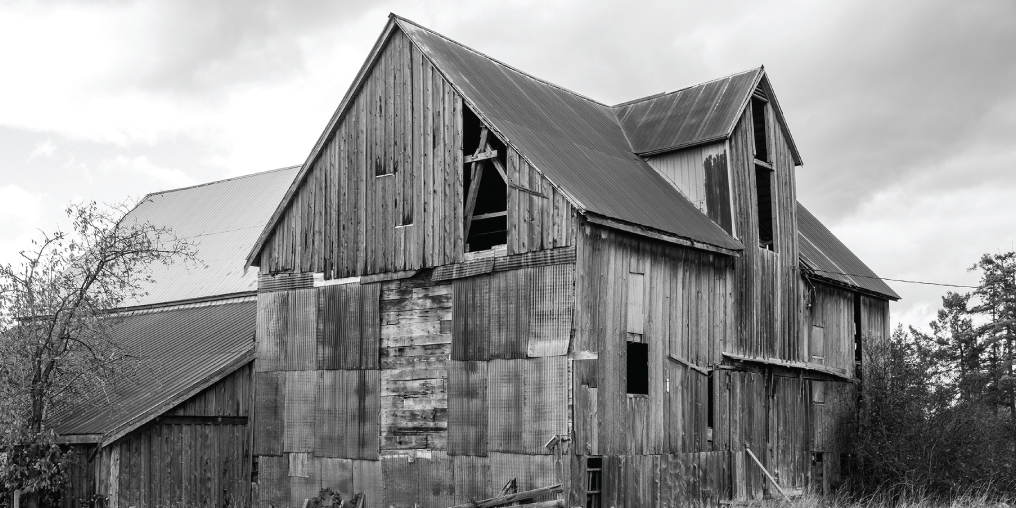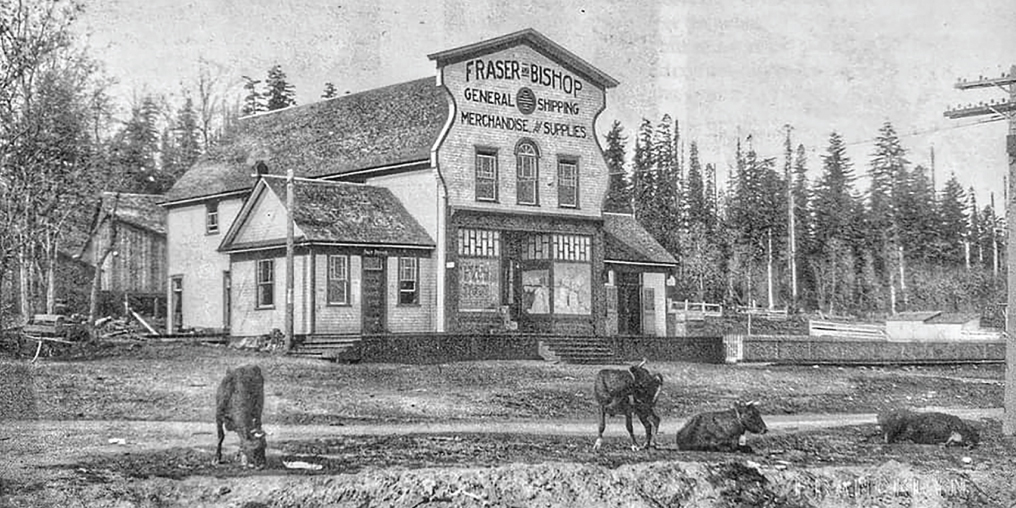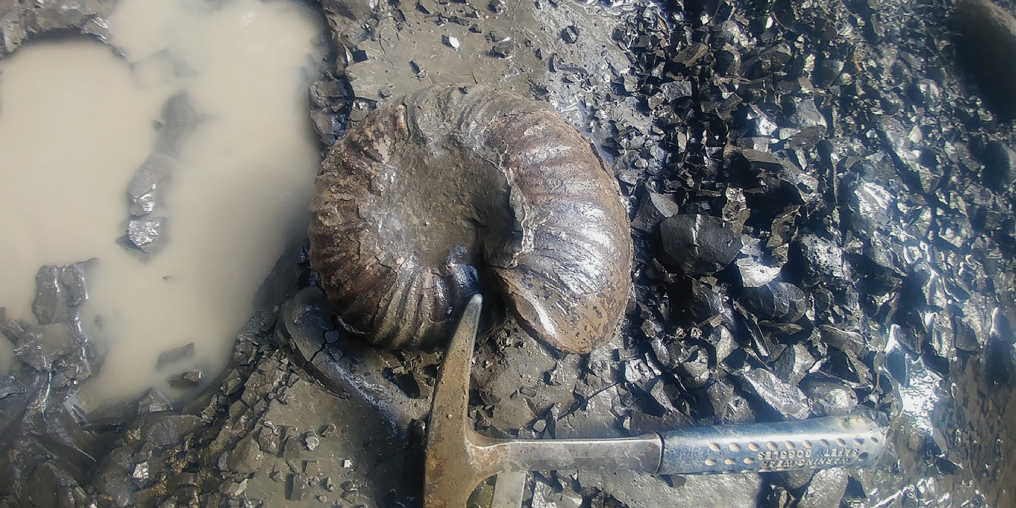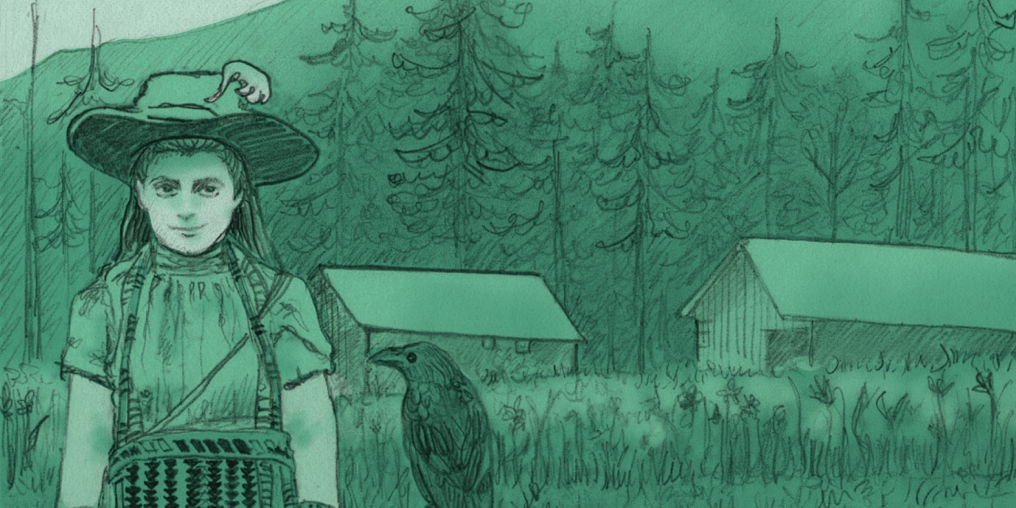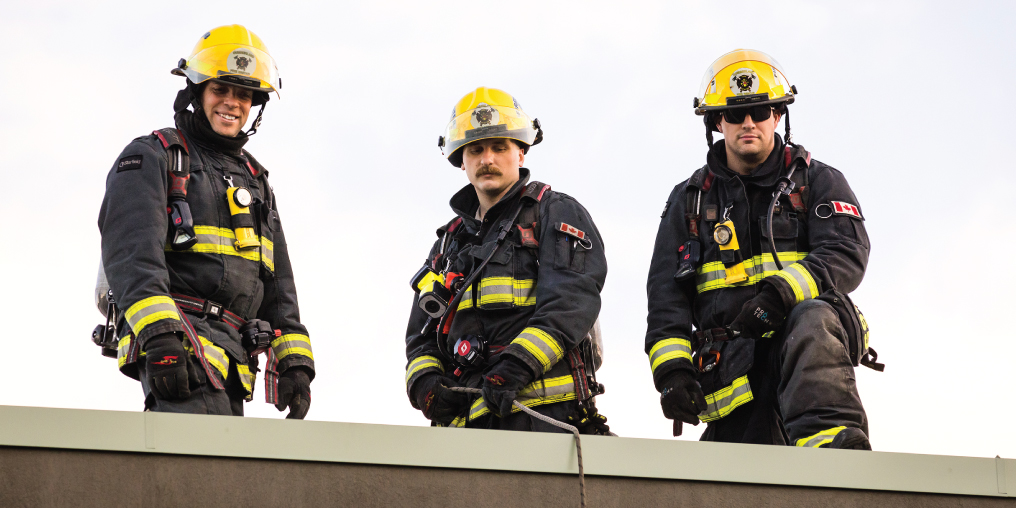One of the oldest buildings in the Comox Valley stands silent vigil on the highway to Campbell River. You can see it to your left, just before Sunnydale Golf Course, as you head out of Courtenay. This weathered board-and-batten-clad barn, built in a T shape, has seen five generations of the Grieve family pass through its doors. Built in the 1880s by George Grieve, it has had several renovations and additions in its almost 150 years, and has served a variety of purposes.
The Grieve family, along with other families, arrived in the Comox Valley in June of 1875. They made the journey by train from Harvey, New Brunswick to San Francisco, then by steamer to Victoria and then Port Augusta, as Comox was then known. After working a farm on Piercy Road, George and his sons bought a partial section of land on the Upper Road (now the Island Highway) from W.C. Muster. In 1881 construction started on a large nine-room house, and the family moved in sometime in 1884. The barn was likely built during this same time frame.
A large herd of cattle, horses, and sheep were raised and housed in the old barn. Hay and grain to feed these animals would have also been produced on the farm. A large wooden bin on the upper floor stored the grain.
In the early 1900s, the Grieves brought a horse-drawn, steam-powered threshing machine to the Comox Valley. They would travel to the neighbouring farms to thresh everyone’s grain. They also had the first steam-powered grinder for processing the grain.
Tragedy struck the family in 1909 when George Grieve went to retrieve an axe he had left in the woods and was never seen again. The farm was divided among the sons and Berkeley Grieve was left the house, barn, and part of the acreage.
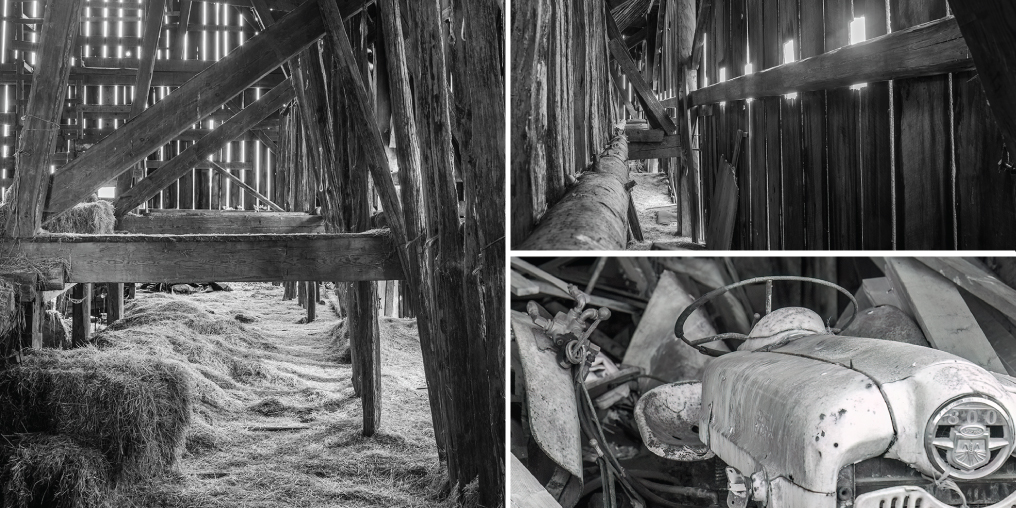
Until his passing in 1946, Berkeley Grieve continued raising cattle, along with the hay and grain to feed them. He used one side of the barn as a dairy; the remnants of where the cattle were brought in for milking are still visible. These stanchions were removed when the dairy herd was reduced and the space became a loafing area (an open shed where Berkeley’s beef cattle could get out of the weather). In another area of the barn was a milking salon for cows that provided milk and butter for the family. The rusty stanchions now hang idly, having not been used for several decades.
George Berkley Grieve (son of Berkeley) worked off the farm for several years but continued to raise beef cattle. He constructed another loafing area within a large lean-to addition. With a modern tractor, bailer, and mower for hay production, the farm was able to run much more efficiently with less labour.
He continued to maintain the main barn, replacing the fieldstone foundations with concrete pillars. The original framing timbers from the 1880s are still in place, trimmed of visible decay, as are the cross timbers with their huge mortise and tenon joints secured with large hardwood pins. Much of the old wooden floor was replaced with concrete many years ago.
By many accounts, the patriarch George Grieve—great-great-grandfather to the youngest descendant still living on the farm—had considerable skills as an inventor, innovator, and carpenter. His barn, still standing many generations later, is both a credit to his workmanship and a lingering link to the Valley’s past.

